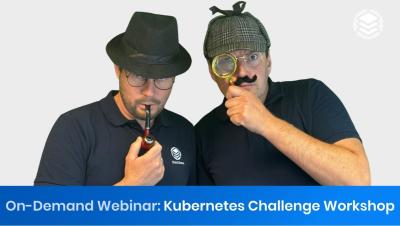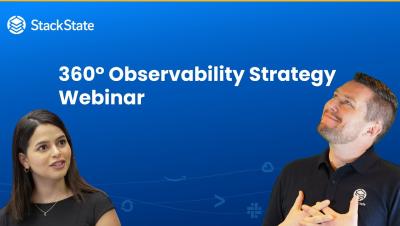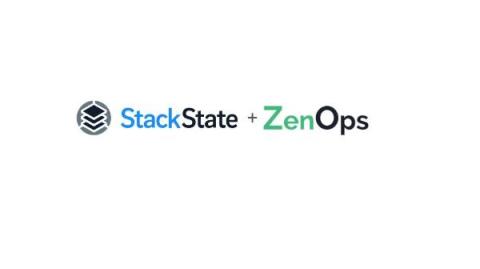Orphaned Resources in Kubernetes: Detection, Impact, and Prevention Tips
Once upon a time, in a tech company, an engineering team had the freedom to independently deploy updates and new features to a Kubernetes cluster. This autonomy helped speed up development but also led to unforeseen issues with resource management. The platform team responsible for maintaining the cluster's health noticed an increase in orphaned Persistent Volumes (PV), a piece of plug-in storage independent of other Kubernetes cluster pods.





